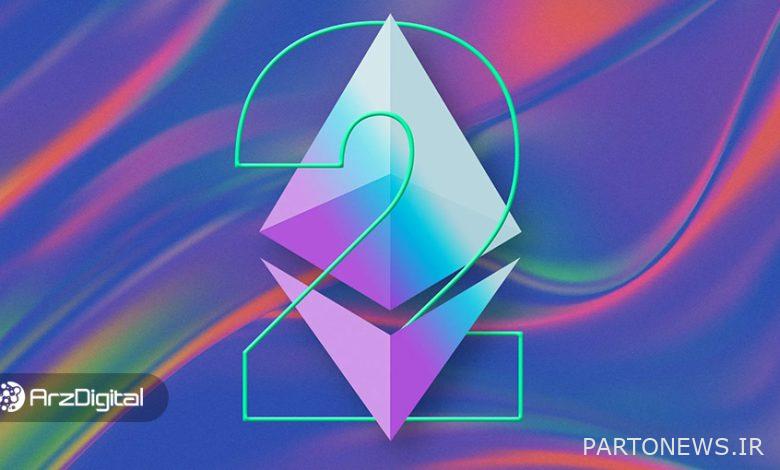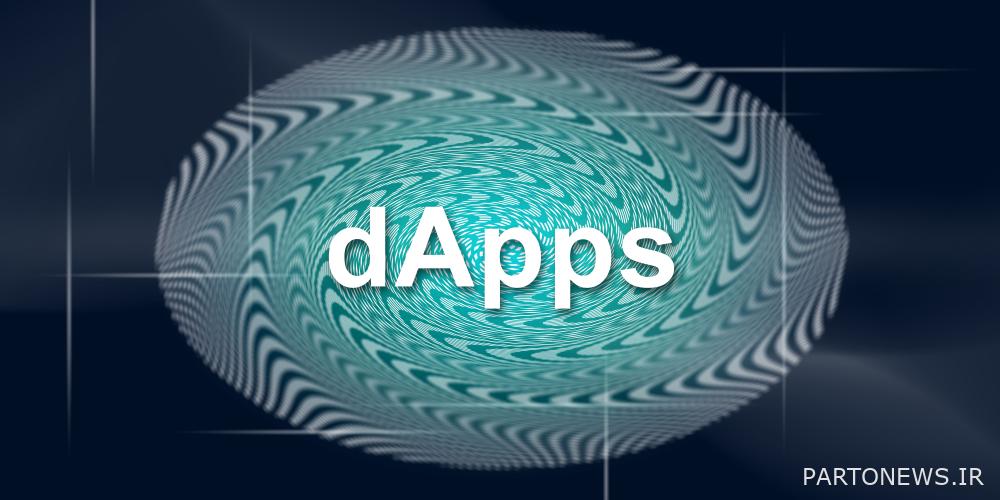What will happen to second tier networks after launching Atrium 2.0?

Atrium is likely to finally upgrade to the second version and stock proof consensus model this summer to address its high-wage issues, which is why many digital currency players are worried about the future of existing second-tier networks. However, many experts believe that Atrium still needs these networks after launching Atrium 2.0.
To Report Cryptocurrencies, second-tier solutions, were one of the first solutions developed to solve atrium network problems. Chains like Polygon process 3 million transactions a day and contain hundreds of addresses.
The question is, will the second tier networks, such as Optimism, Boba Network, Arbitrum One, and Paligan, survive after the merger (atrium upgrade to version 2)? In this article, the founders of the Web 3.0 industry explain their views on the transition from Atrium to the stock proof model, one of the most important events in the history of digital currencies.
Second layer solutions; A short definition
The second layer networks are connected to the main atrium network, which is called the first layer. There are several types of Layer 2 protocols in the digital currency industry. These protocols operate independently in processing transactions so that they can complete more transactions per second with a lower fee. Completed transactions will then be recorded at another time in the original Atrium blockchain.
If the transfer of Atrium to the stock-proof consensus model achieves its goal and reduces commissions and increases the volume of transactions, investors’ need for second-tier protocols will decrease. In addition, the integration process has the potential to improve the security mechanism of the Atrium network.
“Atrium founder Vitalik Butrin has said:
The integration process makes the Atrium network more efficient, better able to control existing attacks, and to recover if they occur.
Also read: fast and cheap transactions; What are the solutions of the second layer of atrium?
The fate of the second layer solutions after launching Atrium 2.0
Increasing the efficiency of the atrium after the update may be useful for second tier solutions.
“Alan Chiu, CEO and founder of Buba Network Layer 2, said:
As the first layer of Atrium becomes more efficient, the second layer solutions of this blockchain become much more efficient in addition to maintaining their current benefits.
It should be noted that Boba Network is a second layer atrium solution that uses the Optimistic model.
Harold Hyatt, product manager for DeFi and DAO at Trusttoken, said:
Atrium-based scalability solutions become more scalable with the atrium itself. As a result, if Atrium scalability improves in the future (referring to Sharding), second-tier solutions will also become more scalable. If the optimism is 10 times faster than the first layer and the atrium network speed is 10 times faster after sharding, the optimism speed will be 100 times.
As the atrium enlarges, the need for a second layer becomes greater
Ahmed al-Balaghi, co-founder of the Biconomy Multi-Chain Protocol, explains that even after the merger, the Chinese bloc still needs a lot of scalable solutions to accept more atrium. According to him, even though the popularity of digital currencies has increased since 2020, their main acceptance still has a long way to go. Available data also show that only 4% of the world’s population has digital currency this year.
As the acceptance of digital currencies increases, the demand for networks such as Atrium also increases exponentially.
Poapster, a member of the Harvest Finance protocol that is active in the defense industry, says:
In the future, Atrium will become the “global clearing layer” and all the different chains of the second layer, compatible with the Atrium Virtual Machine (EVM), will process more smaller transactions.
As a result, most digital currency industry players seem to believe that Atrium’s second tier solutions will play an important role in the network’s future. Brian Fu, co-founder of zkLend, is very optimistic about the future of second-tier solutions. It is a money market protocol that uses “Zero Knowledge Proof” technology.
Fu has said about this:
Layer 2 ecosystems have reached a turning point in supporting traffic volume and atrium network activity, leading to the formation of a sensitive network effect. As data from the L2BEAT platform show, the total value of locked-in capital in Layer 2 protocols has grown, and users have already begun migrating to these roll-ups.
In addition, he predicts that in the future we will see the emergence of a “second tier” solution. According to Fu, the features and capabilities of fractal scalability will support these solutions.
Fu has said about this:
Layer 3 networks will provide tremendous opportunities to increase scalability and networking.
Increase the use of decentralized applications by updating Atrium

Puff, a member of Iron Bank’s leading platform, said of the scalability of job opportunities:
Integration takes us one step closer to the emergence of the Shardchins. According to our predictions, scaling improves Atrium scalability and capacity, reducing costs and increasing access to decentralized applications.
The use of decentralized applications is directly related to the increase of participation in the network of a digital currency. A scalable, fast decentralized network allows individuals to manage their assets, identities, and finances without relying on any form of centralized control.
Thibault Perréard, strategist at the Bifrost suite, says that in the future, it will be second-tier solutions that will be the main driver of Atrium’s potential and the actual implementation of the defense industry’s vision; Not the stock proof consensus model.
Many people think that the stock proof consensus is less harmful to the environment than the work proof, but there are many reasons why this is not true. Interestingly, Chris, co-founder of the Eden Network, thinks that Atrium’s work with the proof-of-consensus model may not be complete yet.
He said:
Processing the required proofs for rolls based on the ignorance proof model (and other zk applications) requires a lot of computation. What happens to the mining equipment after the merger? Are these devices going to be unused or will a market be created for them so that miners can reuse their GPUs to secure new networks?
Also read: Proof of work and proof of stocks, concepts and differences
Proponents of the consensus say that second-tier networks will have no purpose after the merger, and that Atrium itself will fail. Others, such as Tyler Perkins, CEO of zkSync, believe that integration does not affect the work of the Layer 2 protocol.
“Perkins said:
Integration will have no effect on Layer 2 protocols. These protocols are more effective than the shading that runs after the merger; This is because the data storage space of the roll-ups increases and their operational capacity increases significantly.
Most of the people interviewed in this article have strongly supported the future of second tier solutions; But when the integration process takes place this summer, we will find out who made the right prediction.

